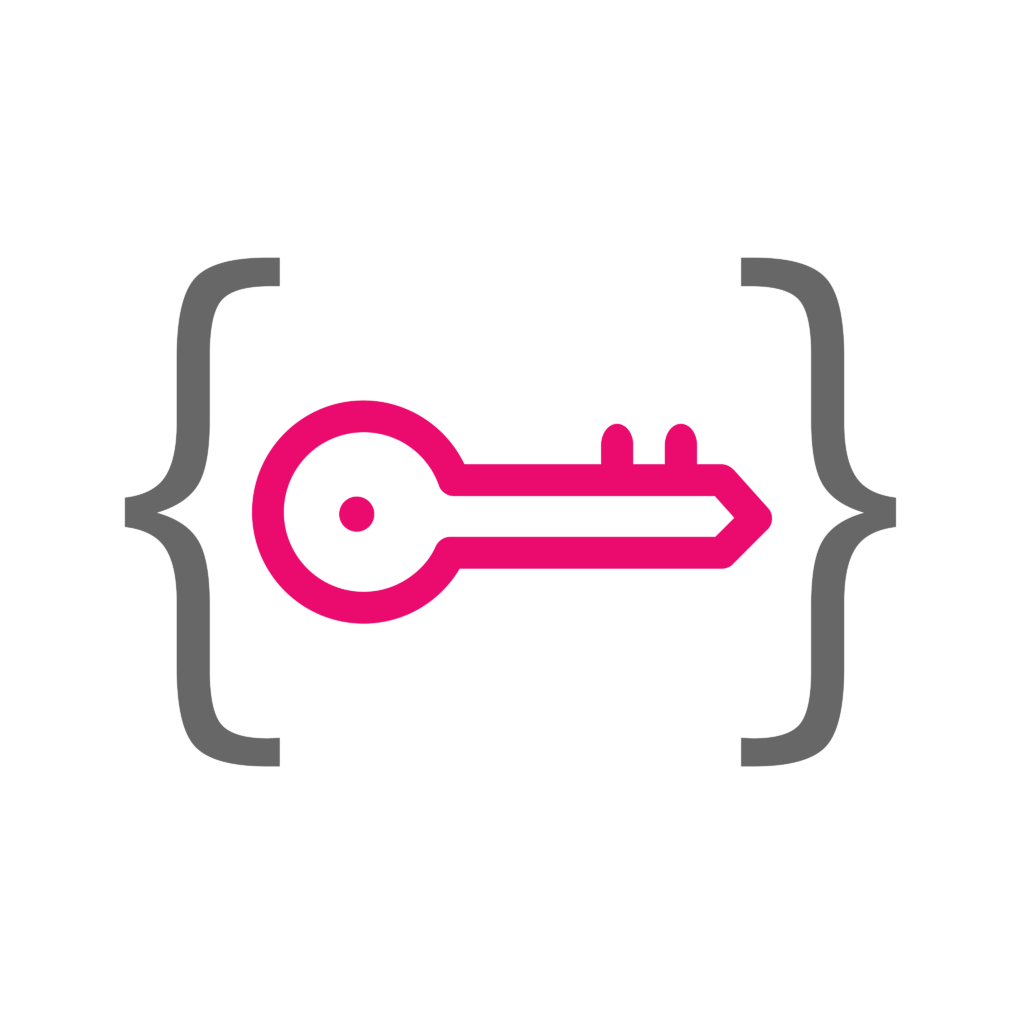Legacy Software
Modernization
Consulting and Development
Services
Modernizing legacy systems requires a neutral, total cost of ownership (TCO)-focused assessment. We start with a comprehensive discovery to understand your business and technical requirements—helping you evaluate options for sustaining or modernizing your current system, explroing off-the-shelf solutions, or implementing a hybrid approach.
Elevate Your Business with Legacy Software Modernization
In today’s competitive market and rapidly evolving tech landscape, legacy software systems that once supported your company’s success can quickly become barriers to growth.
Even if a legacy system isn’t crashing… if it’s slow, can’t handle errors, isn’t scalable, or can’t resist advanced security threats, it’s likely reducing employee productivity and user satisfaction—and ultimately limiting profitability.
Modernizing legacy applications enhances system adaptability, reduces operational and maintenance costs, and helps prevent compliance failures that could lead to costly legal issues.
What is Legacy Application Modernization?
Software becomes obsolete due for various reasons, including discontinued support for one or more programming languages, failure to align with current user or business process needs, or non-compliance with industry standards. Legacy application modernization is the process of analyzing pain points, evaluating improvement options and transforming legacy software so it meets industry standards for productivity, efficiency, user experience withing what’s considered to be a modern technology stack or supporting integrations.
When Should You Consider Legacy Software Modernization?
If a legacy application is imposing specific limitations or hindering business progress, it could be time to evaluate the application. The six common areas to review are:
Robustness
Involves assessing your software's ability to function correctly and reliably even in the event of erroneous inputs, network issues, and other unexpected user interactions.
Security Compliance
Involves ensuring your software can withstand OWASP's Top 10 critical cybersecurity risks, confirming MFA use, checking for adherence to statutory regulations, and inspecting processes for creating and retaining audit logs.
Scalability
Involves analyzing how well your application adapts when data loads or user numbers increase to 2x or 3x capacity and considering what would happen if loads increased by even larger margins in the future.
Functionality
Involves evaluating how your application compares to functionality benchmarks for usability, internationalization, agility, tenancy and more.
Performance
Involves comparing your software's processing speeds and response times for typical front-end, back-end and database tasks to industry standards.
Technology
Evaluate how well your tech stack supports availability of resources, identify ties to outdated software, and ensure it's maintained according to industry best practices.
Assess Your Legacy Software’s Performance Now!
Answer 20 questions, and our CONFIDENTIAL survey will help you address the software challenges holding your business back. Once you’re done, we’ll suggest application modernization actions to ramp up its performance, scalability, security and more.
Factors to Consider When Modernizing

Assessment
Ensure the justification for application modernization aligns with both business strategy and goals. If modernization isn’t essential for achieving current and future goals, resources may be stretched thin between competing priorities.
Highlight the benefits, such as improved operational efficiency, enhanced analysis capabilities, advanced technology integrations, cost reduction, and potential ROI from future revenue.
Commit to change management. Application modernization requires team alignment, with leaders championing the project, engaging as needed, fostering input from end users, and keeping communication open. To ensure lasting success, allocate an adequate budget for training and transition time for all users.

Budget
While modernizing legacy software is crucial due to competition and rapidly evolving technologies like AI, avoiding unnecessary spending in uncertain times can be a valid reason to delay modernization.
To move forward without straining your budget:
- Focus on the customer journey for optimization or rebuilding.
- Plan modernization for future growth and tech integrations.
- Understand supply chain technology requirements.
- Assess the approach and timeline for optimizing vs. rebuilding.
- Consider cloud-smart and data-smart strategies.
- Determine resource allocation for the project.

Technology
Only optimize if your application’s tech framework is supported and expected to remain viable for the next 5-10 years. If two or more of the following support indicators are missing, rebuilding in a modern, well-supported stack is likely a better option.
Key indicators of long-term support include:
- Assurance of backward compatibility in your current software/stack.
- Availability of local talent to work on your platform.
- Accessible community support (e.g., on Stack Overflow).
Less obvious indicators include:
- Use of your stack by major tech companies like Amazon, Apple, or Google.
- Frequent commits on GitHub (for open-source software).
Benefits of Assessing Your Software's Performance
Now vs. Later
When you’re busy trying to make your month-end, assessing the state of your legacy software might not seem urgent or even important – especially if your system hasn’t failed yet or your team’s been able to engineer in-house workarounds to cope with day-to-day glitches. You might know it’s less than perfect, but with more pressing concerns, evaluating technical debt of your legacy software takes a backset.
But what if we told you that modernizing your legacy software could save you money, give you a leg up on your competition – whose systems are probably loaded with legacy software, as well – and allow your employees to spend more time innovating instead of struggling with software that’s seen better days?
Still not convinced? Consider these three additional benefits of legacy application modernization:
Increased
Security
In 2023, the average cost of an enterprise data breach in Canada was a staggering $6.94M CDN (USD 5.13M), requiring an average of 322 days to identify and contain. Think your legacy software could stand up to an advanced cyberattack? Wonder if your company could cope with being locked out of key systems or data for almost a year?
Compliance in a Rapidly-Changing Regulatory Environment
Using legacy software to store sensitive customer data may already put your business at risk of violating privacy regulations, especially if operating internationally. Modern software is better equipped to adapt to evolving regulations and can provide an audit trail to prove compliance.
Interoperability with Modern Tech
Could your company handle being locked out of key systems for nearly a year? Want to use IoT for warehouse monitoring, AI to cut product development costs, or expand your mobile app’s functionality? Without application modernization, these opportunities may not be possible.
Legacy Application Modernization Strategies

Wrap up legacy software in an isolated environment and manage access and communication with newer systems and technologies through APIs. This is often followed by a plan for a gradual phasing out of the legacy software by reducing access and putting phase-out timelines in place.
Restructure and optimize the existing code (although not its external behaviour) to decrease technical debt and improve nonfunctional attributes.
Tell us more about your business and the legacy software pain points you'd like to eliminate. We can help.
Mantrax’s Approach to Providing Legacy Application Modernization Services
Unlike many other software modernization companies, Mantrax’s application modernization process goes well beyond software development. We work to discover and define what success looks like to you, make sure your project is set up correctly with a well-defined scope and a comprehensive statement of work, and then co-manage the critical path together with you to deliver your project on time and budget. The steps involved in realizing your legacy application modernization project include:
An initial discussion with one of our seasoned Solution Architects to understand your requirements, the urgency of the problem, and long-term goals.
We assess application functionality, the complexity, identify pain points and dependencies. The outcome is a high-level plan with modernization options, budget range, resources, timeline, and potential next steps.
If there is a fit, then the first step is a strategic and in-depth discovery of the legacy application. Comprehensive functional and technical analysis, with a dep dive into its development history, current and future business objectives, supply chain dynamics, market trends, and input from all relevant stakeholders.
The output of the Strategic Discovery is a detailed modernization roadmap with solution architecture, technology stack recommendations, prioritized list of functionalities to be developed, detailed budget and timeline.
Once you approve our recommendation, we create a detailed statement of work outlining prioritized requirements, solution design, tech stack, project plan, and key components.
At project start, a dedicated team and a single point of contact are assigned to coordinate all aspects. You get access to project management tools, code repository, and more for full project visibility.
We follow a strict Agile Methodology, emphasizing excellent development practices and continuous client collaboration. We deliver working software every two weeks, ensuring full visibility on our progress.
We work hand-in-hand with you to launch your new digital product, and include a pilot launch before the full application is released to ensure all critical bugs are identified and fixed.
With our Build, Operate and Transition model, our goal is to fully transition the system to your team as soon as possible. But if required, our team is also available to provide post-launch support.
Stay Ahead of Your Competition and Future-Proof Your Business by Embracing Application Modernization
Legacy application modernization helps businesses in key ways, including:
Although software modernization companies or consultants supplying application modernization services will each approach the process differently, it generally involves discovery, functional analysis and technical review phases that add inform refactoring, rearchitecting and reengineering tasks, and more.
While legacy software modernization can be challenging, with the right team working with you and for you, application modernization can drive digital transformations that are capable of creating incredible success for your company.
- Reducing programming and maintenance costs
- Boosting employee productivity by realizing efficiencies through streamlined processes
- Enabling scalability, mobility and integration with advanced technologies such as IoT and AI by migrating data and applications to the cloud
- Ensuring regulatory compliance, including by creating audit trails
- Introducing flexibility and agility that not only lets you easily customize features and add functionalities but future-proofs your business by keeping your systems from becoming obsolete





